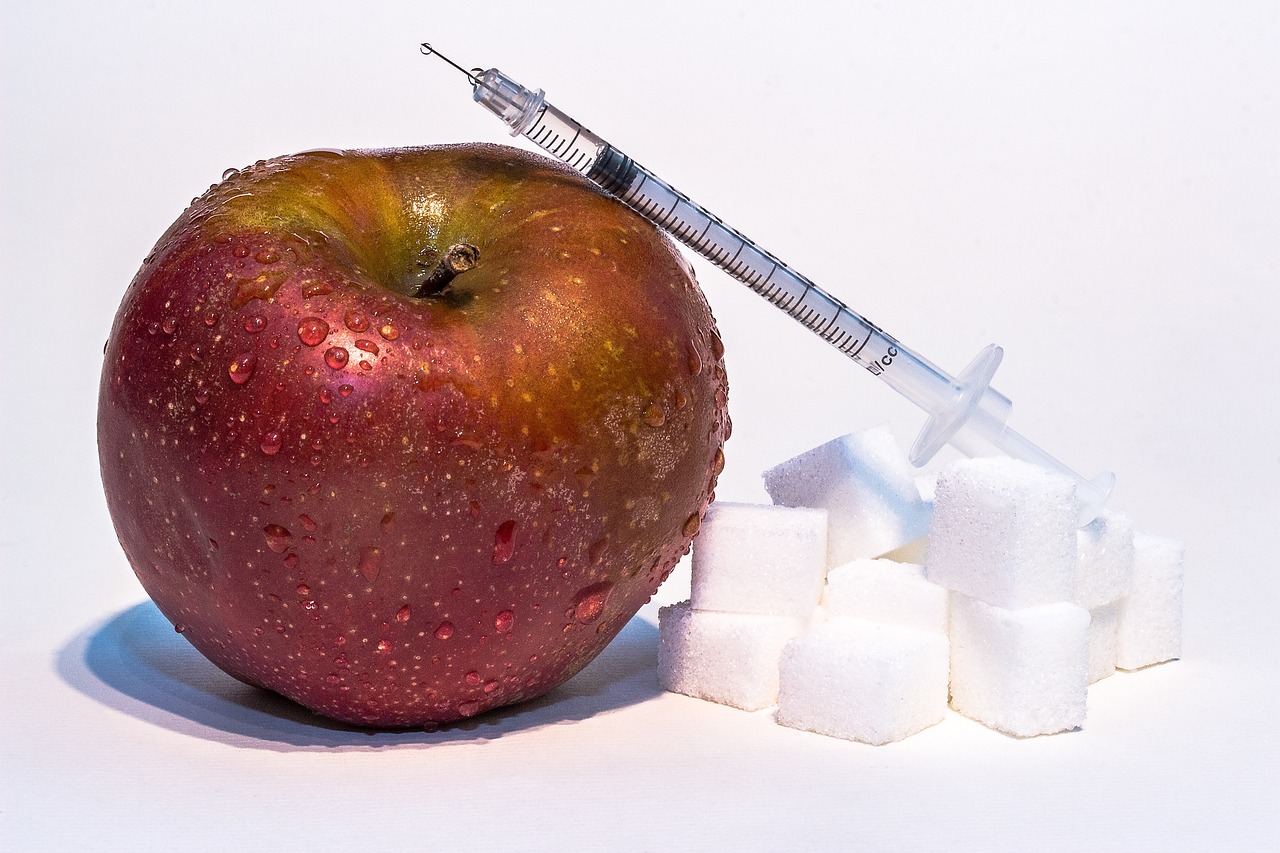Insulin is a prescription drug that needs to be injected, and if used improperly it is very likely to cause the adverse reaction of hypoglycaemia, which may even be life threatening. Therefore, insulin should be used under the guidance of a professional endocrinologist.
In fact, the characteristics of different insulins are summarised in only two points, the first is the difference in composition and the second is the difference in duration of efficacy.
The difference between different components of insulin
Insulin used now, there are three kinds of components, namely, animal insulin (pig, cow), recombinant human insulin, human insulin analogue (Mentholatum, Lysine, Glycine, Glycine, Dieter, Degu, etc.).
Animal insulins, which have alloantigens and are prone to allergic reactions, are now used very sparingly, and the vast majority of diabetics use the latter two.
Recombinant human insulin has fewer adverse reactions (hypoglycaemia, subcutaneous sclerosis, insulin resistance, etc.) than human insulin analogues, so diabetic patients who need insulin therapy are advised to give preference to human insulin analogues.
Fast-acting versus long-acting insulin
1、Classification of different components of insulin
Short-acting insulin: all recombinant human insulin is short-acting insulin, and menthol, lysine, and glulis in human insulin analogues are ultra-short-acting insulin.
Long-acting insulin: Glycine, Ditropan, and Degu are long-acting insulin among human insulin analogues, and all three can be used as basal insulin. Among them, Degu insulin has the longest duration of action, with no absorption peaks and minimal fluctuations in blood glucose.
Short-acting insulin can also have a long-acting effect when combined with arginine.
2、Difference between insulin with “R”, “N”, and numbers.
R: stands for short-acting insulin;
N: stands for long-acting insulin with arginine;
50R or 50: stands for 50 per cent short-acting insulin mixed with 50 per cent long-acting arginin insulin.
30R or 30: represents 30% short-acting insulin mixed with 70% long-acting arginin insulin.
25R or 25: represents 25% short-acting insulin mixed with 75% long-acting arginine insulin.
Indications for different insulins
It is important to understand that all insulins, as well as insulin analogues, have the same pharmacological effects, need to be used under medical supervision, and self-adjustment of the dose is not recommended. When it comes to specific use, the choice needs to be based on the type of blood sugar.
If fasting blood glucose is high but postprandial blood glucose is normal, you can consider using long-acting insulin for control.
If postprandial blood glucose is high and fasting blood glucose is normal, consider using short-acting insulin before meals to enhance the control of postprandial blood glucose.
If both fasting and postprandial blood glucose are elevated, consider using a combination of insulins for control.
During insulin use, diet and exercise need to be coordinated at the same time and regularity needs to be developed. Dietary calorie intake and exercise calorie consumption should be kept in a relatively stable state, and cannot be increased or decreased arbitrarily.
Particular attention should be paid to the use of short-acting insulin or mixed-type insulin, it is necessary to eat in a timely manner to avoid hypoglycaemia. Hypoglycaemia is harmful to the brain and severe hypoglycaemia can be life threatening.
When using long-acting insulin, there is no mandatory requirement for meal times, but injections should be made at the same time every day to maintain stable blood levels and avoid causing blood sugar fluctuations.
Obesity can cause severe insulin resistance and lead to medication failure, so those who are overweight, need to lose weight.
To sum up, although there are many types of insulin, the insulin commonly used nowadays is actually recombinant human insulin and human insulin analogue, of which the latter is a bit more effective. When applying, doctors will choose short-acting, long-acting or mixed insulin according to the patient’s blood glucose condition.


